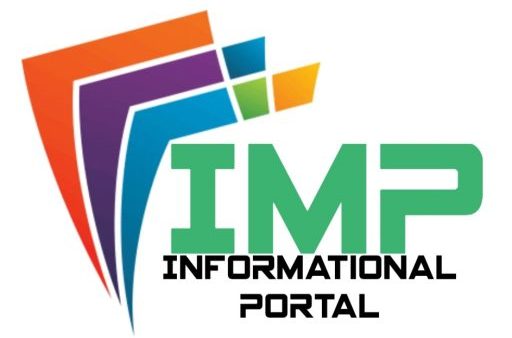DA Hike for Central Government Employees – 2% DA Hike from January 2025
DA Hike for Central Government Employees – DA Hike announcement March 2025 – Latest news update of DA Hike for Central Government Employees – 2% DA Hike in January 2025 – DA Hike Formula for Central Government Employees DA Hike for Central Government Employees The Dearness Allowance (DA) is an essential component of the salary … Read more

